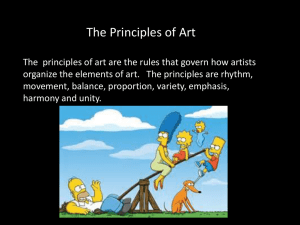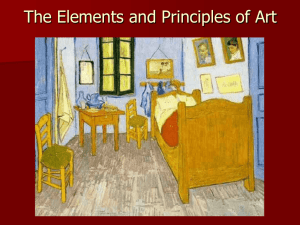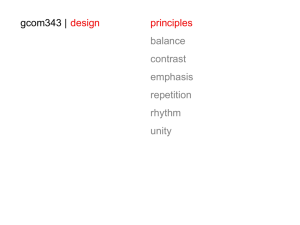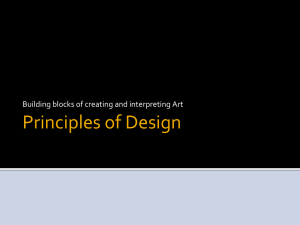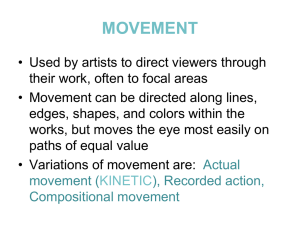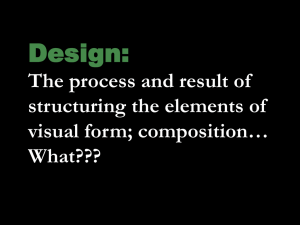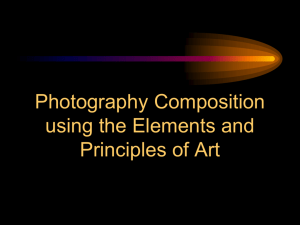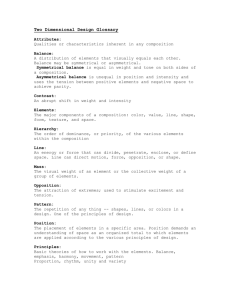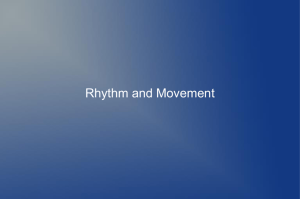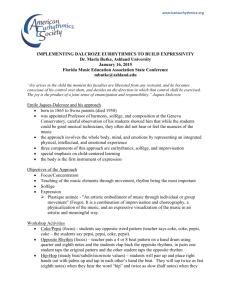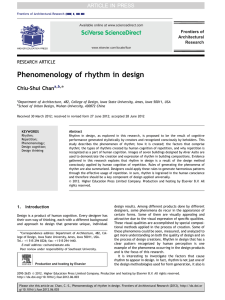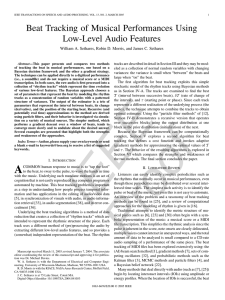The Principles of Design
advertisement
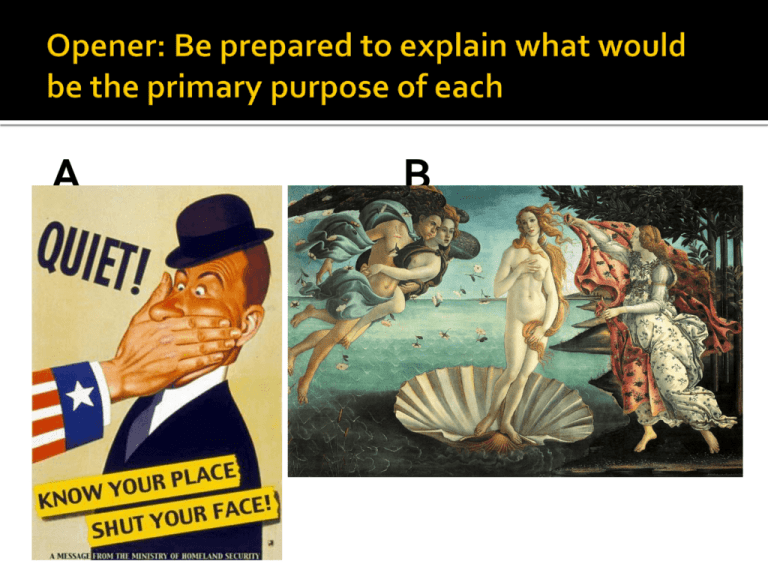
A B Monday – Begin principles of Design Tuesday – Finish principles of design, perspective, media, process, and subject matter Wednesday – The Cost of Fine Art Thursday – Art Criticism/Aesthetics discussion Friday – Review game/extra credit opportunity Monday – Unit Test Tuesday – Friday – “What makes fine art” writing module Friday – Binder check Balance Principle of Design concerned with equalizing visual forces, or elements, in a work of art. If a work has visual balance, the viewer feels that the elements have been arranged in a satisfying way. Equal on both sides Unequal on both sides – adds visual appeal Rotates around a radius Paintings can be close to symmetrical and still be balanced – the result is a more interesting work. How does the painting here achieve approximate symmetry? Repetition Technique for creating rhythm and unity in which a small idea or single element appears again and again. Rhythm The Principle of Design that indicates movement by the repetition of elements or objects. Visual rhythm is perceived through the eyes and is created by repeating positive spaces separated by negative spaces. Pattern The Principle of Design that refers to a twodimensional decorative visual repetition. A pattern has no movement and may or may not have a rhythm. Motif (the unit that is repeated in visual pattern) Motif repeated in no apparent pattern, with no regular spaces. Identical beats or motifs with equal amounts of space between them. Add a second beat or motif Change placement or content of original motif Change spaces between beats or motifs Repeating wavy lines Change in the beat each time it is repeated – a steady change with the beat different each time it appears . Contrast Technique for creating a focal point by using differences in elements. Movement The Principle of Design used to create the look and feeling of action and to guide the viewer’s eyes throughout the work of art. Emphasis Principle of Design that makes one part of a work dominant over the other parts. Focal point – The first part of a work that attracts your eye Harmony – Creating unity by stressing the similarities of separate but related parts Proportion Principle of Design concerned with the size relationships of one part to another. Artists can also use exaggeration, distortion and scale How artists add interest to works of art, designs, advertisements, etc. Transition – moves the eye from one part to another Gradation – shading of colors that create a sense of space or distance The principle of design associated with the arrangement of the elements of art to create a coherent whole Combination of similar colors, lines, shapes, etc. Balance Repetition Pattern Contrast Rhythm Movement Emphasis Proportion Variety Unity John Constable, View on the Stour Near Dedham, 1822. Oil on canvas, 51 x 74 inches Write your summary of the topic “Principles of Design”
